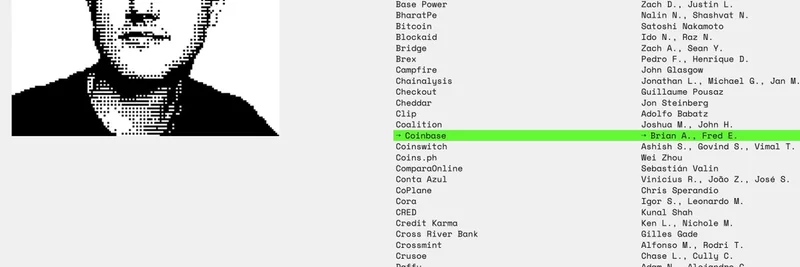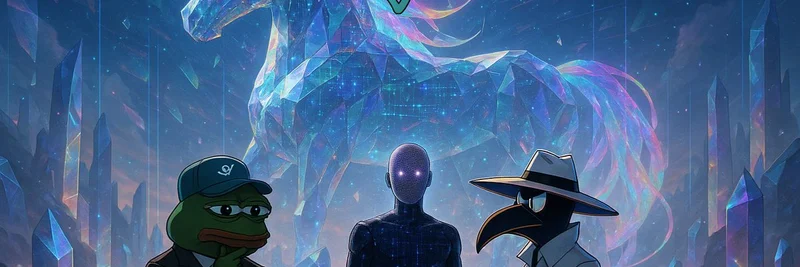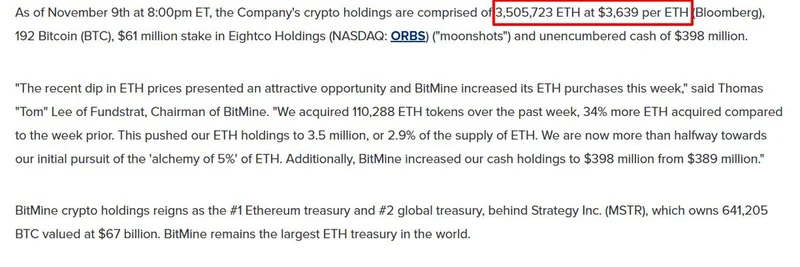In the fast-evolving world of blockchain and gaming, Mythical Games is making waves by hiding the complex tech behind the scenes. As highlighted in a recent thread by Kevin from When Shift Happens Podcast on X, Mythical's CEO John Linden is pushing for an "invisible Web3" approach. This means bringing millions of players into the Polkadot ecosystem without them ever needing to utter words like "blockchain" or "decentralization."
Think about it like using a credit card—you don't ponder the payment processor; you just swipe and go. That's the analogy Linden uses to describe how Mythical integrates Polkadot into their games. Players enjoy seamless experiences in titles like NFL Rivals and the upcoming FIFA Rivals, trading in-game assets without dealing with crypto wallets or seed phrases.
Why Polkadot Powers This Revolution
Mythical migrated from Ethereum to Polkadot, launching the Mythos parachain. For those new to the term, a parachain is like a specialized blockchain that connects to Polkadot's main relay chain for shared security and interoperability. This setup provides scalable, low-cost transactions perfect for gaming's high-volume needs—think millions of daily trades without sky-high fees.
The benefits are clear: access to Polkadot's multi-core architecture for faster processing, free data availability for better bandwidth, and built-in connections to other ecosystems. As a result, Mythos now boasts millions of active wallets and over 3 million transactions per day, making it one of Polkadot's largest gaming hubs.
Flipping the Script on Play-to-Earn
Remember the last crypto cycle's play-to-earn games? They often felt like chores, riddled with barriers like wallet setups and network selections. Mythical changes that with frictionless onboarding. Players dive straight into the action, trading items in a global marketplace powered by Polkadot in the background.
This approach has boosted engagement massively. In NFL Rivals' second year, blockchain-related revenue jumped from 20% to 65% of total earnings—all while most players see it as a regular Web2 game. It's a win for monetization, especially for non-paying users who can now earn through in-game trades.
The Magic of Quick Trade and Invisible Tech
One standout feature is "Quick Trade," allowing instant asset swaps across multiple steps. A player in Argentina might trade three items for a Messi card, fulfilling bids worldwide and generating fees for Mythical—all without breaking immersion. This opens earning opportunities in emerging markets, where small amounts like $20 make a big difference.
Linden emphasizes that true adoption comes from making Web3 invisible. Purists might disagree, but it's reaching new demographics, from U.S. teens to African football fans. Polkadot gains sustained activity from real users, not just speculators.
Tying in Meme Culture with Pudgy Penguins
Mythical isn't stopping at sports games. They're expanding with Pudgy Party, based on the popular Pudgy Penguins NFT collection—a meme favorite in the crypto space. This bridges meme tokens and gaming, where $MYTH (the native token of Mythos) powers transactions. $MYTH is deflationary, with gas fees burned, and offers staking at around 27% APR, secured by Polkadot.
As replies to the thread note, $MYTH underpins all Mythos games, including Pudgy Party, and is available on multiple chains like Ethereum and Avalanche. It's an undervalued gem with a fixed 1 billion supply, partnering with big names like Ubisoft, Animoca, and Adidas.
The Bigger Picture for Blockchain Adoption
Mythical's model sidesteps the "when mainstream?" question—it's happening now through great games that create economic advantages. As they roll out more titles like Blankos Mobile, Polkadot's ecosystem grows with top creators and real-world usage.
If you're into meme tokens or Web3 gaming, keep an eye on projects like Pudgy Penguins and $MYTH. They represent how invisible blockchain can drive massive adoption. For the full conversation, check out the When Shift Happens Podcast on YouTube or your favorite platform.
Stay ahead in the meme token and blockchain space by exploring more at Meme Insider. What's your take on invisible Web3—game-changer or too hidden? Share in the comments!




